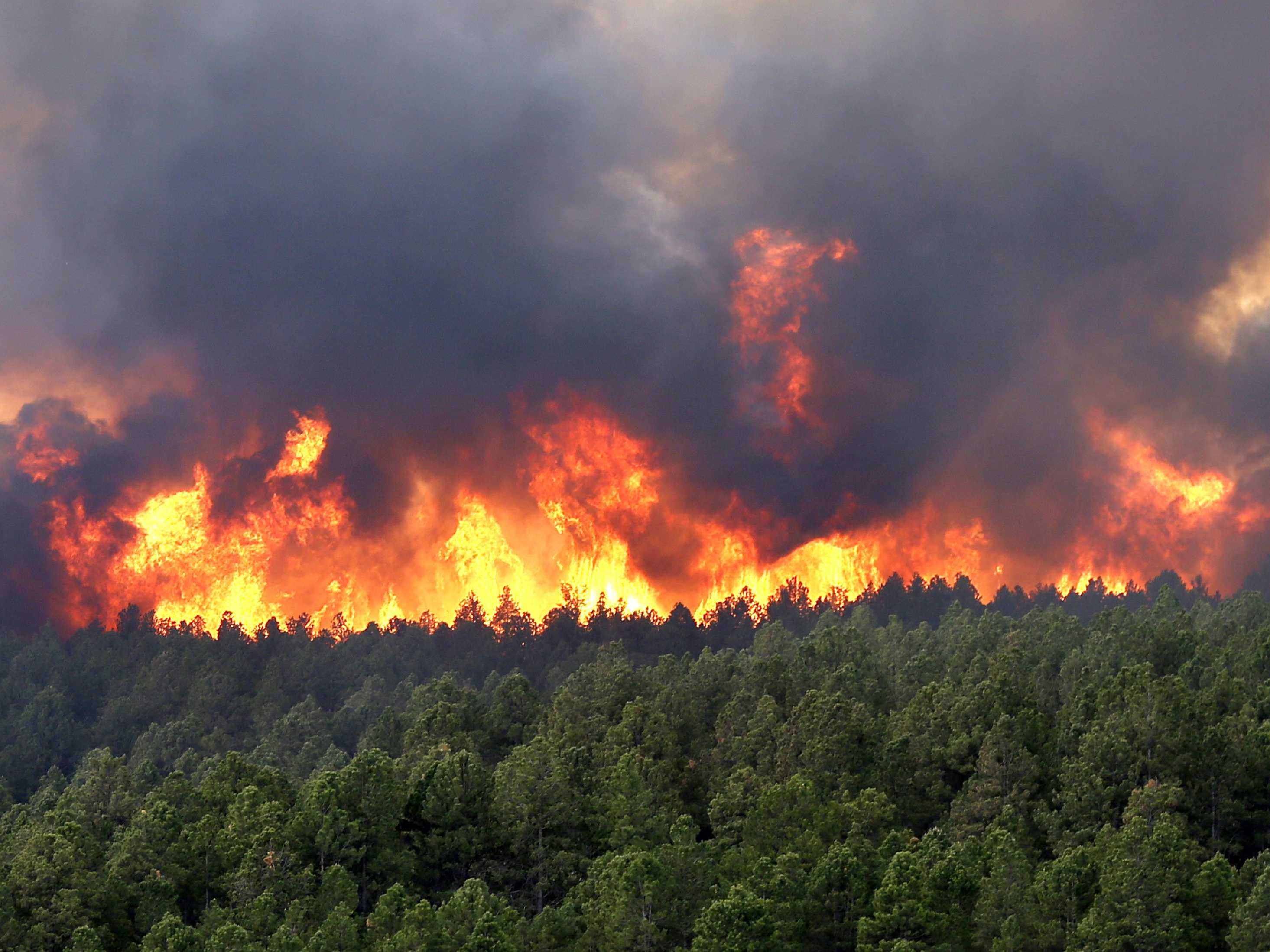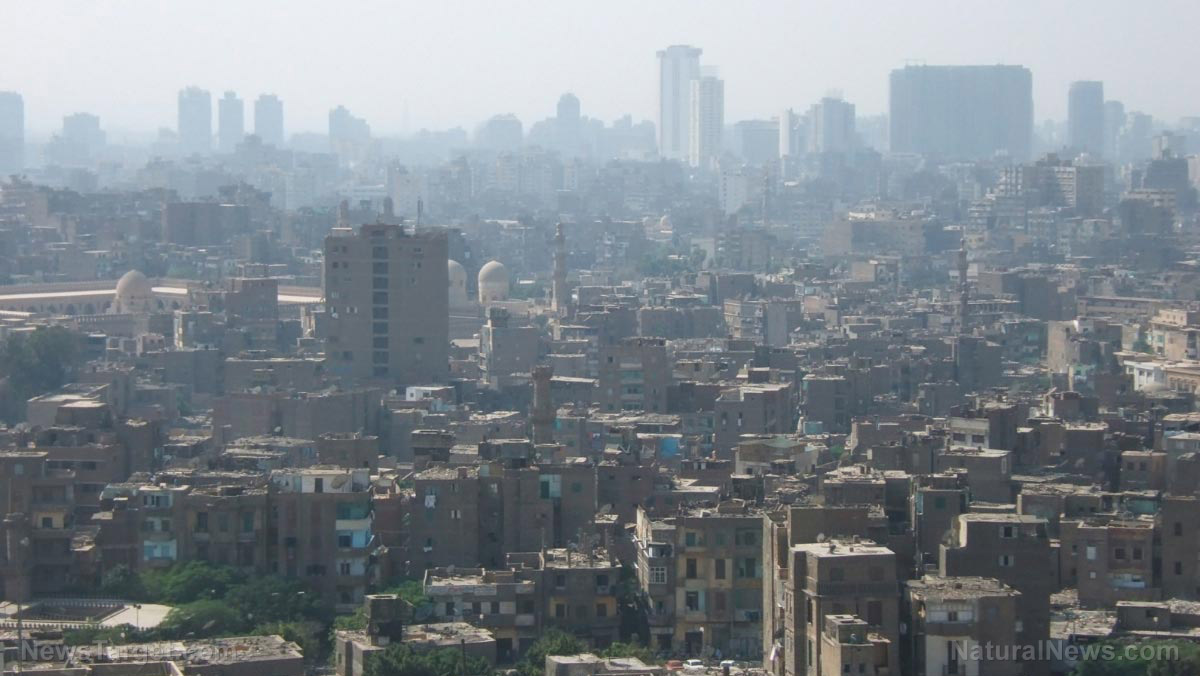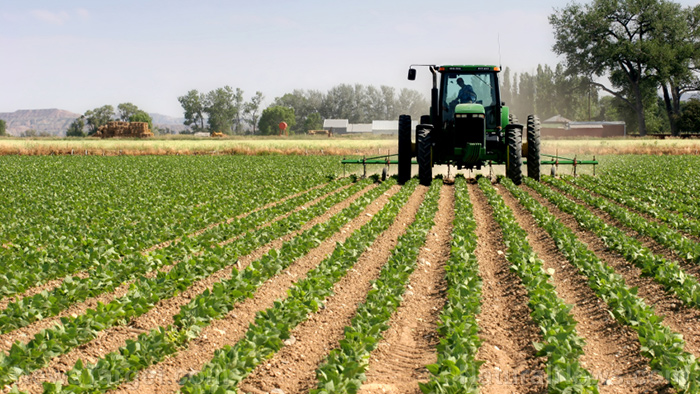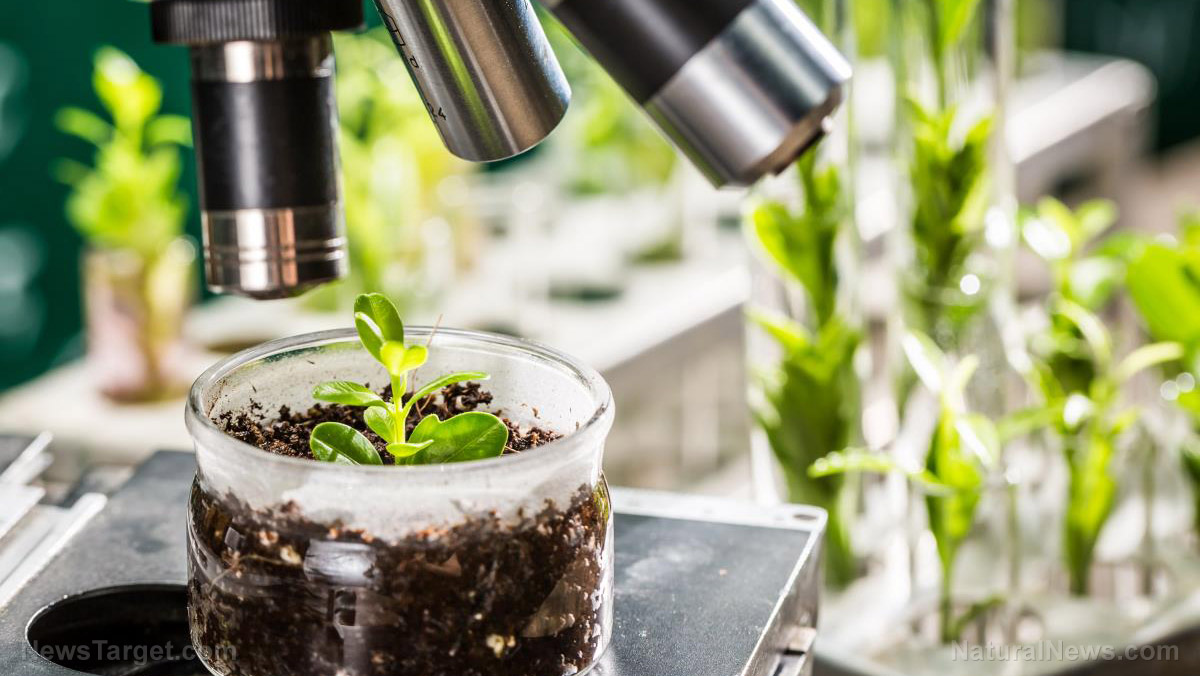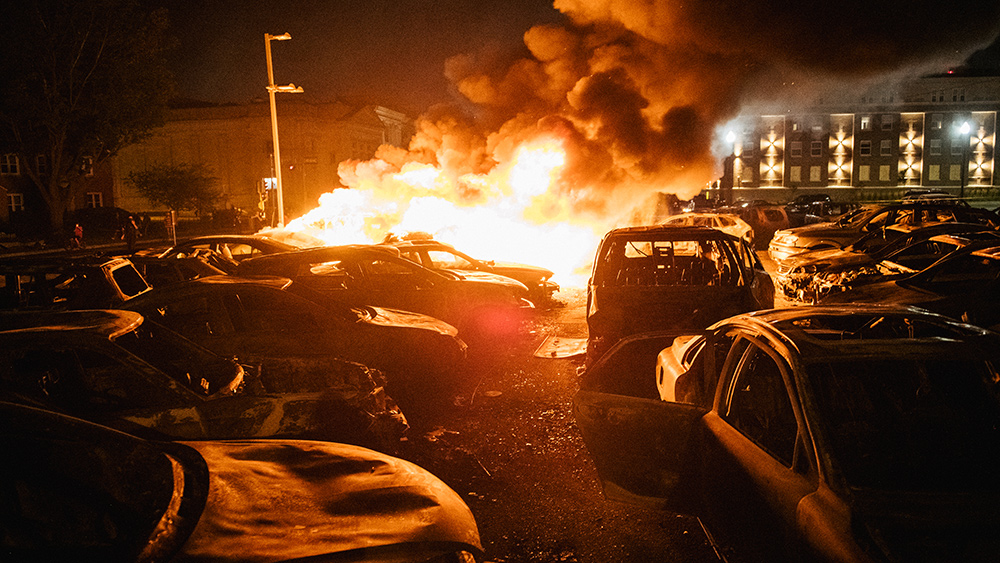Potential food crisis looms large over China as floods, torrential rains ruin rice crops
09/29/2020 / By Divina Ramirez
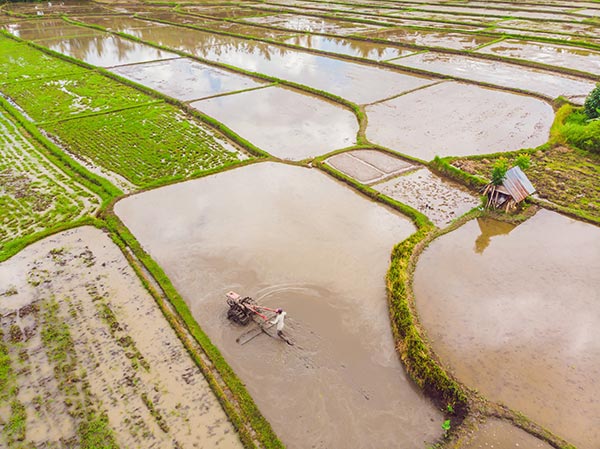
Intense rainfall and severe flooding have battered China since June, displacing close to four million people. The floods have also caused the collapse of some 41,000 homes. These also left at least 158 people missing or dead, according to a recent report from the Standard.
But the disaster doesn’t end there. China could soon be facing a food crisis as major rivers and lakes, including the Yangtze that cuts across 11 major agricultural provinces, spilled onto acres of rice fields, ruining the nearly ripened rice meant for harvest in October.
Chen, a farmer in southeastern China’s Jiangxi province, told the Epoch Times in a phone call that the floods had caused the rice to sprout. Sprouted rice can no longer be processed into rice grains, he explained. The floods have also made it near impossible to salvage what little can be recovered.
Last June, after the floods that opened China’s monsoon season ruined their first round of crops, Chen and other farmers in Jiangxi had planted a second round of rice, cotton and sesame, hoping to harvest them this month. Unfortunately, heavy rainfall had also ruined this second batch of rice.
On the other hand, crops that did survive the rains, such as cotton and sesame, did not last long due to a lack of sunshine. Meanwhile, Bao Wentao, another farmer from Jiangxi, said that he and his father had lost a total of $28,000 in produce due to the floods, with most of their fields still inundated.
Monsoon floods projected to hurt economic output
The overall damage to China’s agricultural production could be far worse. Experts from the global financial services group Nomura said that although the flooding is among the worst that China has experienced since 1998, it could still get worse in the weeks to come, with the nation poised to lose $1.7 billion in agricultural production.
However, since the start of the monsoon season, the area of flooded croplands have almost doubled. Nomura’s estimates also do not include the potential loss of wheat, corn and other major crops. Therefore, China could be facing a far greater economic loss than current projections.
Regardless, China has allocated some $260 million in relief as of mid-July to help relocate those affected by the floods and rebuild inundated houses. Moreover, the local government of Jiangxi has allocated another $40 million to support affected farmers and displaced residents.
However, these subsidies pale in comparison to the more than $20 billion worth of economic damage that the flood has incurred. With large swaths of land still submerged, farmers are also left with little to no choice but to leave their provinces and look for jobs elsewhere.
Soaring prices, tight food supplies
With hundreds of farmers facing disruptions in their sowing and harvesting seasons, the prices of staple foods are starting to surge. On top of that, the floods have damaged vital transport links, further slowing the importation of food supplies.
This combination has caused food prices to rise faster, a trend expected to continue over the next few weeks. Michelle Lam, a greater China economist at Societe Generale in Hong Kong, said that food inflation has further squeezed the income of poor households.
Rising food prices have also left consumers with little to no resources left for indulging in non-essential industries and businesses, which have taken a big hit. For instance, more than half of the ceramic shops in northeastern Jiangxi are closed, with no plans of reopening soon.
So far, Beijing has succeeded in securing food supplies through importation. However, experts warn that China’s fragile economic state and strained relationship with the US due to the pandemic could make importing large amounts of produce more delicate in the future. (Related: China buying up American corn due to flooding, creating food shortage crisis.)
Learn more about China’s disastrous monsoon season at ClimateScienceNews.com.
Sources include:
Tagged Under: agriculture, Collapse, coronavirus, economic collapse, food independence, food safety, food supply, natural disasters, pandemic
RECENT NEWS & ARTICLES
COPYRIGHT © 2017 ENVIRON NEWS




